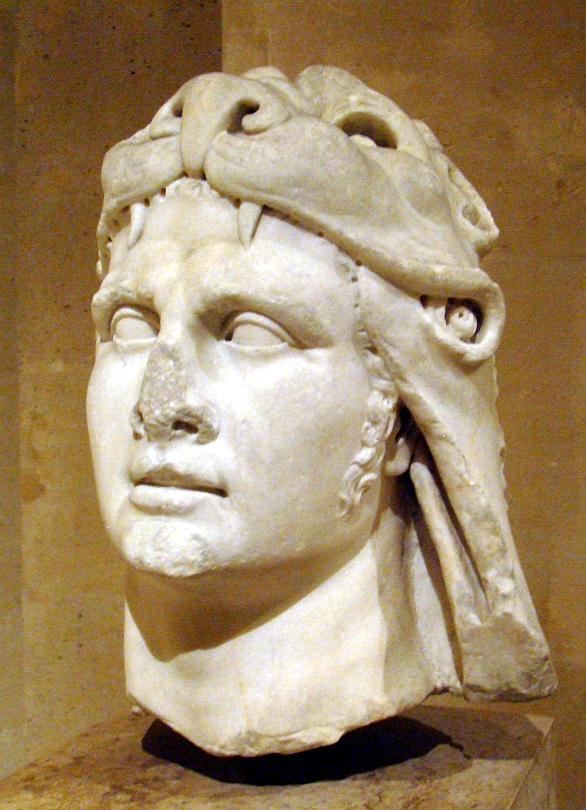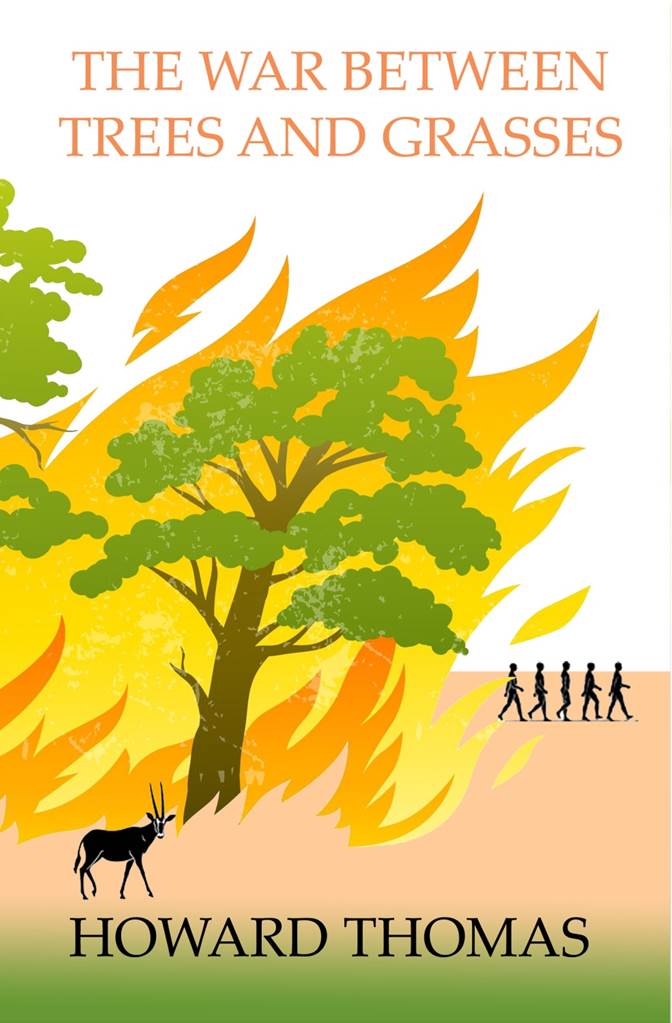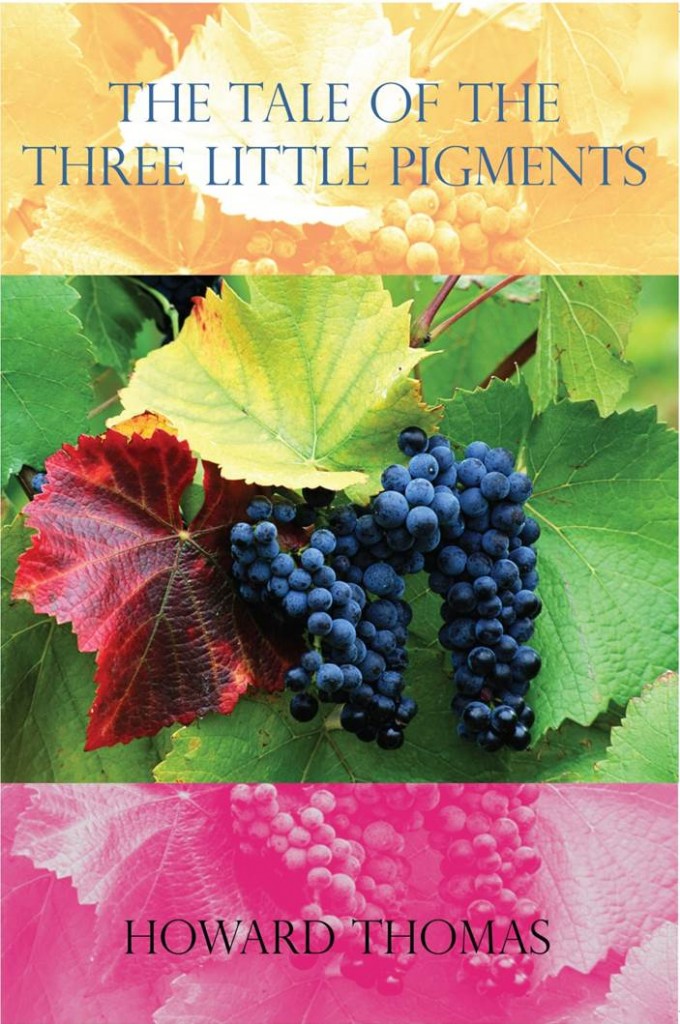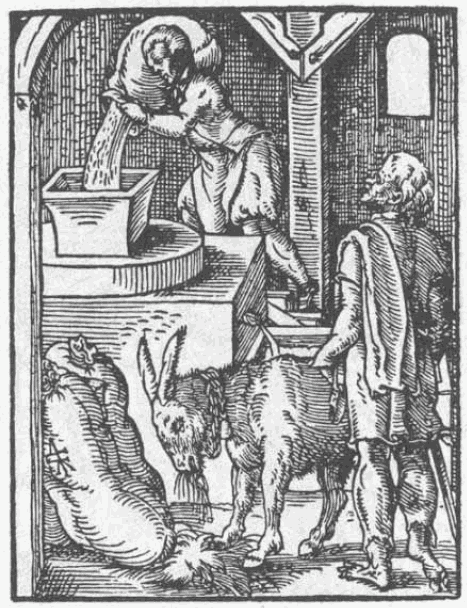In Archer et al. (2012), we discuss the anonymous True Chronicle History of King Leir (1605) as one of the presumptive sources of Shakespeare’s King Lear. In an extraordinary passage Leir, accompanied by his faithful courtier Perillus (Shakespeare’s Kent), reflects on his cruel treatment by his eldest daughters, Gonorill and Ragan:
LEIR Can kindnesse spring out of ingratitude?
Or loue be reapt, where hatred hath bin sowne?
Can Henbane ioyne in league with Methridate?
Or Sugar grow in Wormwoods bitter stalke?
It cannot be, they are too opposite:
And so am I to any kindnesse here.
I haue throwne Wormwood on the sugred youth,
And like to Henbane poysoned the Fount,
Whence flowed the Methridate of a childs goodwil:
I, like an enuious thorne, haue prickt the heart,
And turnd sweet Grapes, to sowre vnrelisht Sloes:
The causelesse ire of my respectlesse brest,
Hath sowrd the sweet milk of dame natures paps:
My bitter words haue gauld her hony thoughts,
And weeds of rancour chokt the flower of grace.

Mithridates VI
As we showed in a recent paper (Thomas et al. 2016), the poisonous grass darnel is recorded as a constituent of mithridate (‘methridate’). Jayne, revisiting the discussions of mithridate in our publications, comments:
Methridate, or mithridate, was a polychrest, a panacea credited with cure-all properties, especially cancelling or expelling poison (Regan and Goneril are likened to snakes and other poisonous creatures). It is mentioned throughout early modern, medieval, Islamic and ancient medicine. It’s a regular feature of early modern medical books and herbals, but it was usually purchased as a ready-made preparation. This means that the The True Chronicle is incorrect: mithridate is a compound medicine, not a simple; although, perhaps apothecaries pretended that it was a rare (and exotic) simple, i.e. something that could not be replicated and had to be purchased, in order to boost sales. According to some accounts, mithridate contained over 65 ingredients which, in effect, made it impossible for unlicensed practitioners to concoct. It was sold as a universal antidote and employed the homeopathic principle of using tiny amounts of a number of poisons in order to promote ‘eustress’ in the patient. Mithridate was named after King Mithridates of Pontus, a first-century BCE ruler in the Black Sea region, who supposedly cured himself using his own remedy (more about this here); so it’s truly a ‘sovereign’ remedy. In our discussion of The True Chronicle we note that one of the properties regularly attributed to darnel is as an antidote to poison and corruption more generally – it draws them out. However, in experimental/experiential terms, I wonder if the presence of darnel in mithridate was on account of its ability to dull the senses and induce sleepiness, shutting down the central nervous system so that the body can concentrate on healing, much in the same way as codeine or morphine are used both as sedatives and as painkillers.
It seems that darnel shadows Lear like an enigmatic, ambiguously malign guiding spirit.
References
JE Archer, H Thomas, R Marggraf Turley. 2012. The Autumn King: remembering the land in King Lear. Shakespeare Quarterly 63: 518-543
H Thomas, J E Archer, R Marggraf Turley. 2016. Remembering darnel, a forgotten plant of literary, religious and evolutionary significance. Journal of Ethnobiology 36: 29-44




